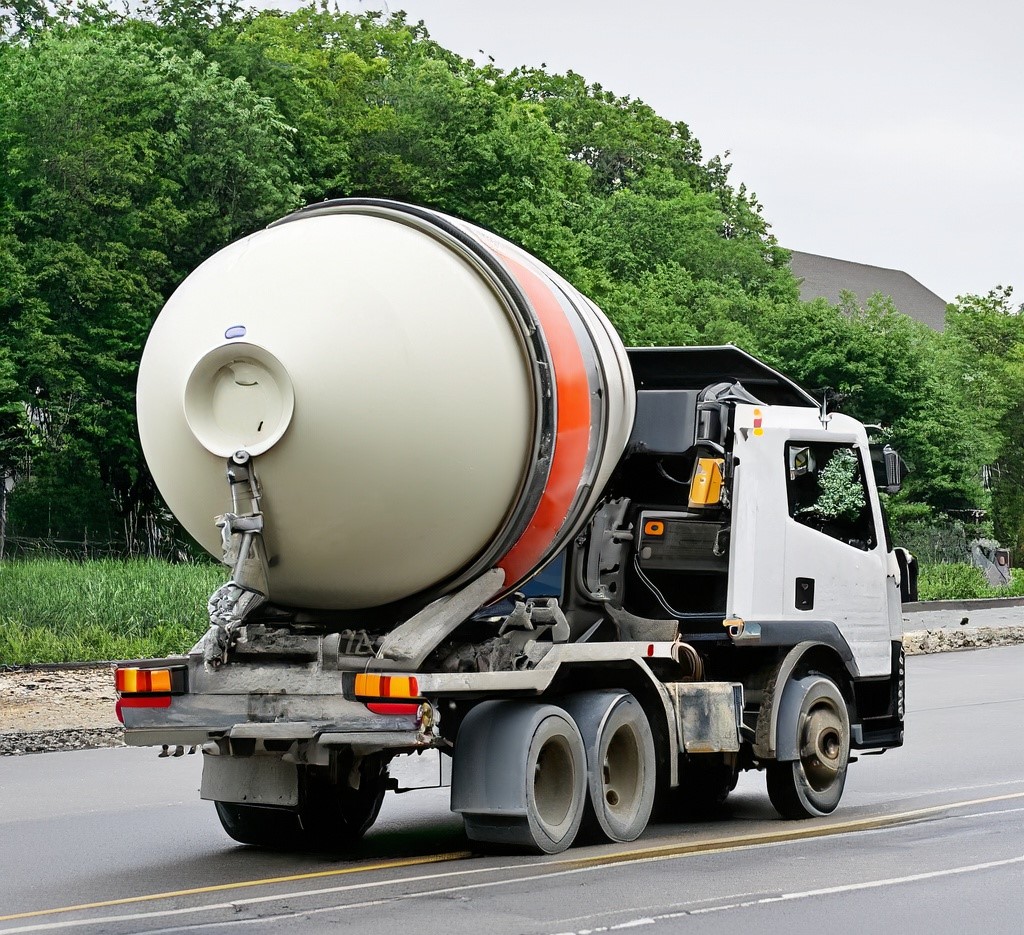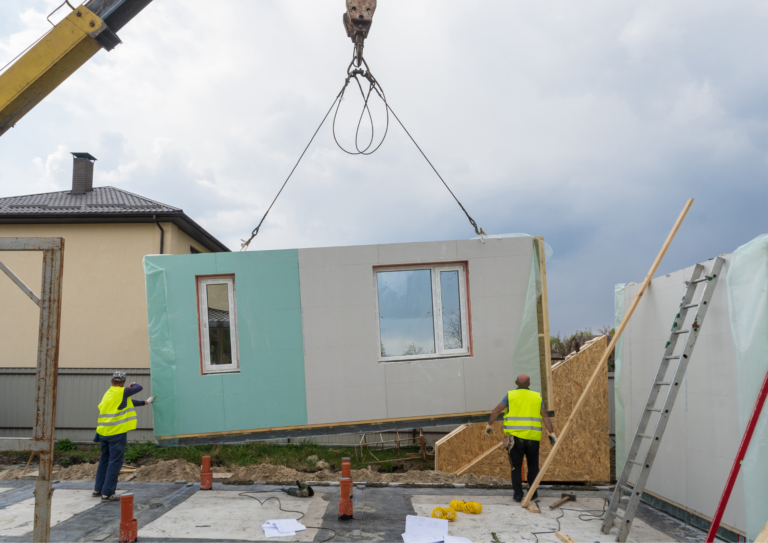Congratulations! You’ve got yourself a project. But wait… how much cement do you need? Even more, understanding yards of cement in a truck? And how many trucks do you need?
Don’t dwell any longer as Brickborne’s quick tips are at your service!

What Is a Yard Of Cement?
If you wish to navigate the jungle of cement, you must first learn to comprehend the science of measurement. In our specific case, it is the Yard, a commonly used Imperial Unit in the Construction Industry.
According to the fundamentals: 1 cubic yard of cement is equal to 27 cubic feet. Meaning, a 3 x 3 x 3 feet of Volume will constitute a unit. A Yard is the most common unit you will find while handling construction materials and equipment simply because it is the simplest unit to document. In most of the smaller projects, you will calculate cement volume in Yards.
Unless the project is a major one. Then the actual unit that is the cubic feet is used.
However, it is helpful to note that not all countries might use the Imperial System as their system of measurement. Instead, you will find the SI Unit system to be more common. In that case, it would be helpful to know that 1 cubic meter of concrete equates to 0.764555 cubic yards.
This means that a truck calibrated in cubic meters will have slightly more capacity than a truck calibrated in cubic yards.
How Many Yards of Cement In a Truck?
A concrete or cement truck is a specialized vehicle designed to not only transport cement but also to mix it with other ingredients – aggregate, sand, and water – to form concrete. Simply put, you’ve got yourself a mobile batching plant.
But the question remains: how many yards of cement in a truck?
That depends on various factors because one concrete truck is not one-size-fits-all. There are numerous factors involved with the most major one being our truck type. Here are the three most common types:
- Rear Discharge Mixer: To ensure visibility for the driver, the drum is situated at the rear of the truck. Perfect for challenging construction situations. Even better is the 8 – 10 cubic yard volume capacity, conforming to standard capacities.
- Volumetric Mixer: It is an in-situ mixer boasting custom blends to meet the project demands. The capacity ranges between 1 – 10 cubic yards, allowing both small and large concrete works.
- Front Discharge Mixer: This mixer is similar to its above-mentioned counterpart, except for it being rarer and the fact that the discharge goes over the front than in the back. However, its volume capacity ranges between 10 – 12 cubic yards, slightly more than a Rear Discharge Mixer.
Conclusion
Knowing the cement needs and calculating them right will ensure you do not fall short on the material that you require. Make sure to check your Maths and then double-check it before choosing which mixer to go with. You wouldn’t want to spend extra on a Rear Discharge Mixer when you simply needed a Volumetric Mixer, would you?
Brickborne believes in accuracy and time construction without wastage of resources. We believe in economical and sustainable construction. With the advancing world, software is here to assist us in the construction field. Brickborne provides construction drawings as per codes of the region, 3D modeling, rendering, and animation walkthroughs of both interior and exterior, and quantity surveying and cost estimation. Choose us to change your dreams into reality as we say, Brickborne- We Design Your Ideas!






1 comment
All You Need to Know About Storage of Cement Bags
[…] construction industry commonly uses cement as a material. It acts as a binding material in concrete. Thus, the strength of concrete buildings greatly depends on the quality of the cement. Cement […]